-
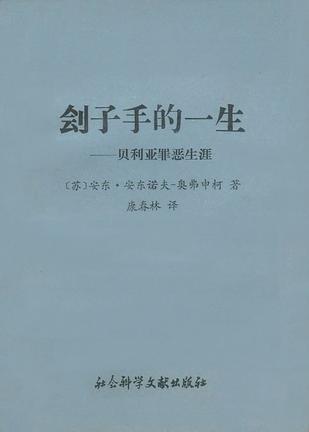
刽子手的一生:贝利亚罪恶生涯
收入本书的共有3篇关于贝利亚的文章。其中,《贝利亚》、《一个刽子手的升迁》分别发表于苏联《青春》杂志1988年第12期和《星》杂志1988年第9期。两文内容互相补充,重复处略作删节。作者在上述两篇文章中挖掘出不少第一次发表的材料,不但揭露了贝利亚的发家史和罪恶史,而且对20—50年代苏联许多重要人物和事件都有新的探讨。为了加深对贝利亚问题的理解,我们选译了苏伦·加扎梁《这不应该再重复》一书中关于贝利亚和贝利亚分子内容的摘录,作为附录附在书末。该摘录1982年登载于纽约恰利泽出版部出版的《苏联内部矛盾》第6期。 -
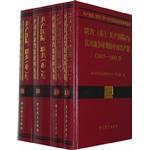
共产国际、联共(布)与中国革命档案资料丛书(18-21卷)
本书主要内容包括:季米特洛夫在共产国际执行委员会书记会议上的讲话(1937年8月10日);共产国际执行委员会书记会议第179(A)号记录(摘录)(1937年8月10日)等。 -
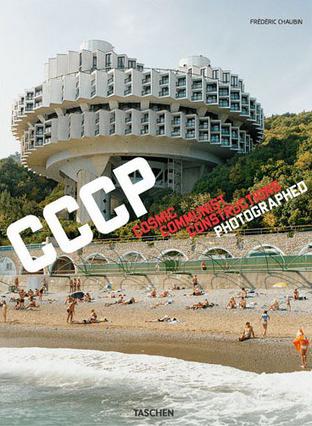
CCCP
Ideological dreams The fourth and final age of Soviet architecture Photographer Frédéric Chaubin reveals 90 buildings sited in fourteen former Soviet Republics which express what he considers to be the fourth age of Soviet architecture. His poetic pictures reveal an unexpected rebirth of imagination, an unknown burgeoning that took place from 1970 until 1990. Contrary to the 1920s and 1950s, no “school” or main trend emerges here. These buildings represent a chaotic impulse brought about by a decaying system. Their diversity announced the end of the Soviet Union. Taking advantage of the collapsing monolithic structure, the holes in the widening net, architects went far beyond modernism, going back to the roots or freely innovating. Some of the daring ones completed projects that the Constructivists would have dreamt of (Druzhba Sanatorium, Yalta), others expressed their imagination in an expressionist way (Palace of Weddings, Tbilisi). A summer camp, inspired by sketches of a prototype lunar base, lays claim to Suprematist influence (Prometheus youth camp, Bogatyr). Then comes the "speaking architecture" widespread in the last years of the USSR: a crematorium adorned with concrete flames (Crematorium, Kiev), a technological institute with a flying saucer crashed on the roof (Institute of Scientific Research, Kiev), a political center watching you like Big Brother (House of Soviets, Kaliningrad). This puzzle of styles testifies to all the ideological dreams of the period, from the obsession with the cosmos to the rebirth of identity. It also outlines the geography of the USSR, showing how local influences made their exotic twists before the country was brought to its end. -
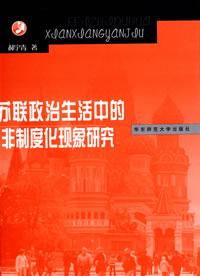
苏联政治生活中的非制度化现象研究
《苏联政治生活中的非制度现象研究》由七个部分组成。 绪论部分首先在对苏联政治及其败亡的研究现状作出说明的基础上,阐明为什么要选择从“非制度化”的视角对苏联政治进行研究。然后对本文所涉及的主要概念——制度化、政治制度化、非制度化等作了阐释。最后对本论文所运用的研究方法作了简要说明。第一章,苏联的基本政治制度模式;第二章,非制度化现象在苏联的表现与特征(上);第三章,非制度化现象在苏联的表现与特征(下);第四章,非制度化现象产生的原因分析;第五章,非制度化现象的政治后果;第六章,克服非制度化现象的可能性路径。 -
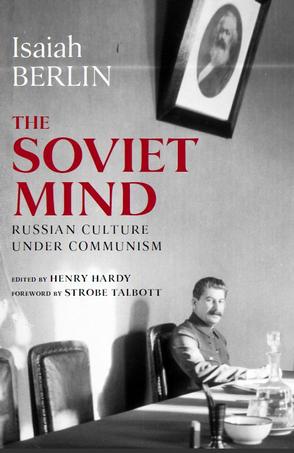
The Soviet Mind
Isaiah Berlin's response to the Soviet Union was central to his identity, both personally and intellectually. Born a Russian subject in Riga in 1909, he spoke Russian as a child and witnessed both revolutions in St. Petersburg in 1917, emigrating to the West in 1921. He first returned to Russia in 1945, when he met the writers Anna Akhmatova and Boris Pasternak. These formative encounters helped shape his later work, especially his defense of political freedom and his studies of pre-Soviet Russian thinkers. Never before collected, Berlin's writings about the USSR include his accounts of his famous meetings with Russian writers shortly after the Second World War; the celebrated 1945 Foreign Office memorandum on the state of the arts under Stalin; his account of Stalin's manipulative 'artificial dialectic'; portraits of Osip Mandel'shtam and Boris Pasternak; his survey of Soviet Russian culture written after a visit in 1956; a postscript stimulated by the events of 1989; and more. This collection includes essays that have never been published before, as well as works that are not widely known because they were published under pseudonyms to protect relatives living in Russia. The contents of this book were discussed at a seminar in Oxford in 2003, held under the auspices of the Brookings Institution. Berlin's editor, Henry Hardy, had prepared the essays for collective publication and here recounts their history. In his foreword, Brookings president Strobe Talbott, an expert on the Soviet Union, relates the essays to Berlin's other work. The Soviet Mind will assume its rightful place among Berlin's works and will prove invaluable for policymakers, students, and those interested in Russian politics, past, present and future. -
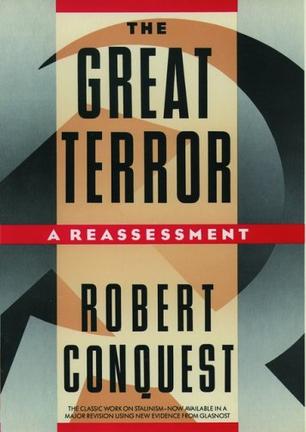
The Great Terror
The definitive work on Stalin's purges, Robert Conquest's The Great Terror was universally acclaimed when it first appeared in 1968. Edmund Wilson hailed it as "the only scrupulous, non-partisan, and adequate book on the subject." George F. Kennan, writing in The New York Times Book Review, noted that "one comes away filled with a sense of the relevance and immediacy of old questions." And Harrison Salisbury called it "brilliant...not only an odyssey of madness, tragedy, and sadism, but a work of scholarship and literary craftsmanship." And in recent years it has received equally high praise in the Soviet Union, where it is now considered the authority on the period, and has been serialized in Neva, one of their leading periodicals. Of course, when Conquest wrote the original volume two decades ago, he relied heavily on unofficial sources. Now, with the advent of glasnost, an avalanche of new material is available, and Conquest has mined this enormous cache to write a substantially new edition of his classic work. It is remarkable how many of Conquest's most disturbing conclusions have born up under the light of fresh evidence. But Conquest has added enormously to the detail, including hitherto secret information on the three great "Moscow Trials," on the fate of the executed generals, on the methods of obtaining confessions, on the purge of writers and other members of the intelligentsia, on life in the labor camps, and many other key matters. Both a leading Sovietologist and a highly respected poet, Conquest here blends profound research with evocative prose, providing not only an authoritative account of Stalin's purges, but also a compelling and eloquent chronicle of one of this century's most tragic events. A timely revision of a book long out of print, this updated version of Conquest's classic work will interest both readers of the earlier volume and an entirely new generation of readers for whom it has not been readily available.